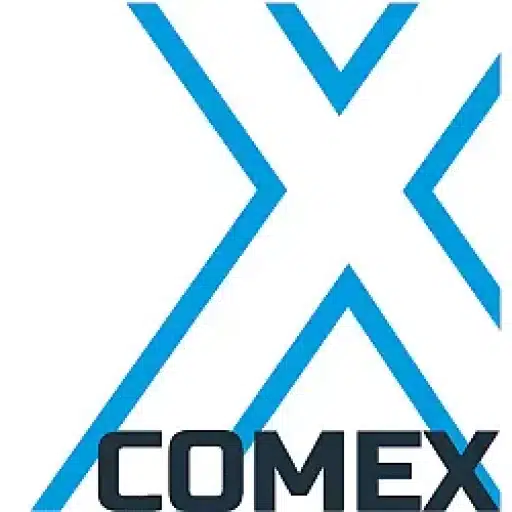+31 (0)43 30 88 400 | office@comex.eu

Digital sovereignty: Why a European cloud is not enough
The term “digital sovereignty” is increasingly popping up in news reports, policy plans, Parliamentary debates and IT strategies. The reason? The growing concern about the dominance of U.S. hyperscalers and the realization that critical European data is subject to foreign laws such as the U.S. CLOUD Act.
But what does digital sovereignty really mean? And is moving to a European cloud enough? The answer is simple: no. Digital sovereignty requires a broader view, deeper than just the origin of the cloud provider.
From infrastructure to responsibility
When we talk about digital sovereignty, it basically revolves around three things: control, accessibility and legislation. Who has control over the infrastructure? Where is the data stored? And under what jurisdiction does this data fall?
Choosing a European cloud is a wise move in many cases. But if that is the only measure, it creates a false sense of security. True digital sovereignty is not about choosing a geographic location, but about making fundamental choices about data access, ownership and risk.
Why European cloud does not automatically mean sovereign
The problem is not necessarily in the cloud itself, but in the lack of control. Many European cloud providers use American technology or rely on software that is still subject to American legislation. This means that the risks thought to be avoided still remain.
In addition, cloud by design is flexible, but also volatile. The idea that you always have access to your data is undermined when there is disruption, vendor lock-in or geopolitical tension.
Data classification as the foundation
The key to true digital sovereignty lies in making strategic decisions about what data belongs where. Not all data is equal. Administrative documents, patient records or blueprints of manufacturing machines require a different level of protection than marketing data or internal documents.
Data classification helps structure those choices. By determining which data is critical, sensitive or public, you can consciously decide where to store it – locally, in the cloud or in a hybrid form.
The role of local storage and hybrid architectures
Local storage solutions offer something that cloud solutions are harder to guarantee: physical control. When combined with immutability, air gap technology and reliable backup structures, it creates a storage strategy that is not only secure, but also compliant and future-proof.
A hybrid model, where you deploy cloud for flexibility and speed, and on-premises for security and compliance, is proving to be the golden mean in practice.
Compliance is more important than ever
With regulations such as NIS2 and DORA the need to make your digital infrastructure demonstrably secure and resilient is growing. In this, storage plays a central role. After all, how do you show that you meet all the requirements if you have no control over where your data physically resides?
With systems like the Silent Brick and Silent Cube organizations have an infrastructure that meets the most stringent requirements, local, scalable and independent of cloud providers.
Conclusion
Digital sovereignty is not a marketing term, but a structural necessity for organizations that want to mitigate their risks and maintain their autonomy. The solution lies not in the cloud or locally, but in a thoughtful combination of both, based on data classification and realistic risk assessments.
A European cloud is a step, but not an end station. True sovereignty begins with ownership of your data.

